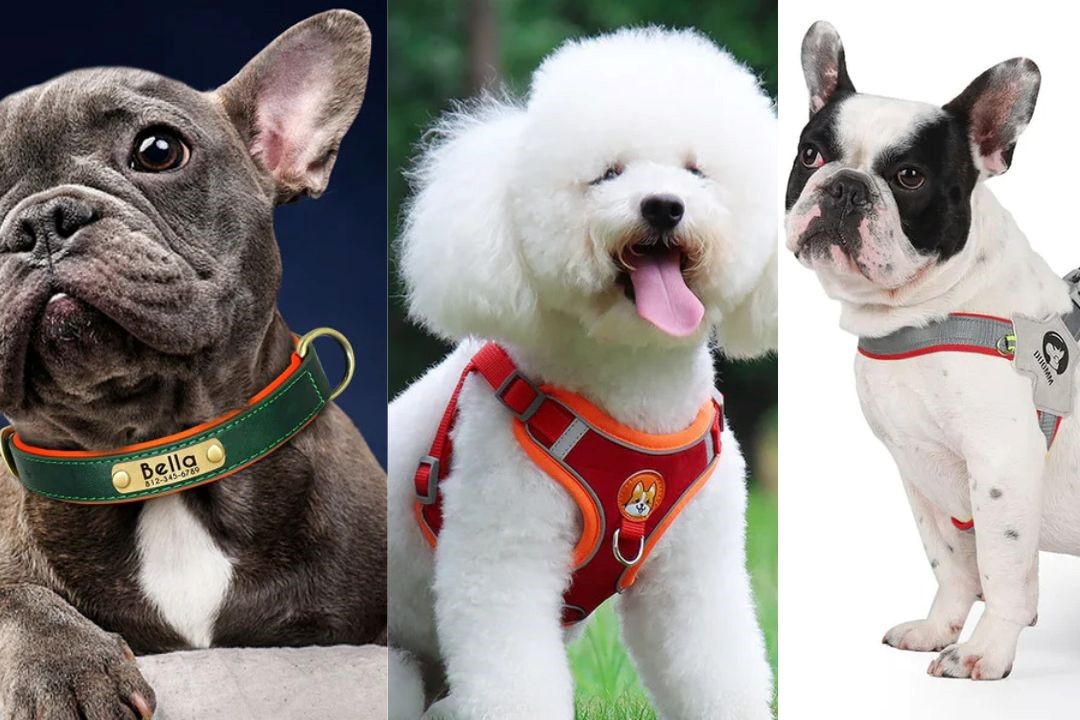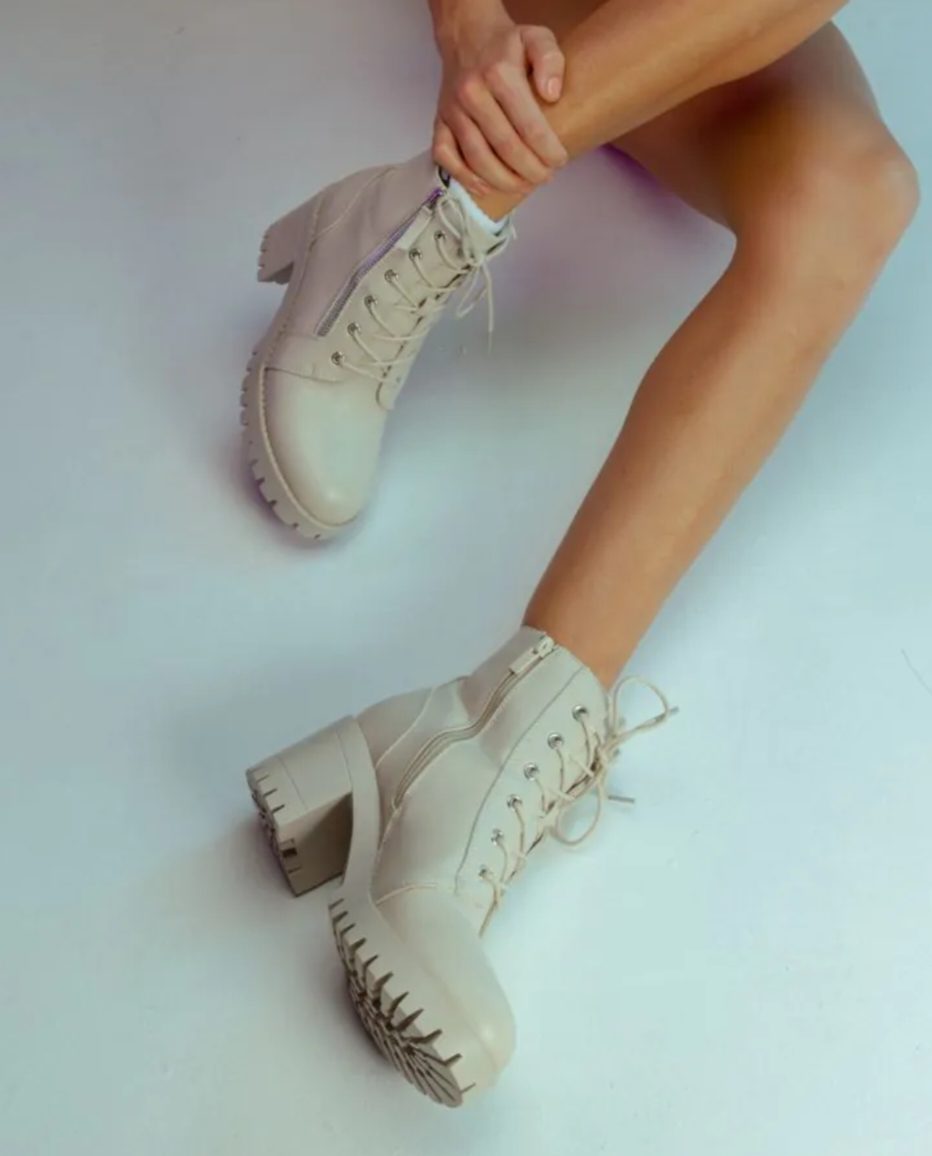How to Pick the Best Dog Collar, Leash, and Harness for Your Furry Friend
Choosing the right accessories for your furry companion is critical to ensuring their safety, comfort, and overall happiness. Whether you’re a seasoned pet owner or a first-time dog parent, understanding…







